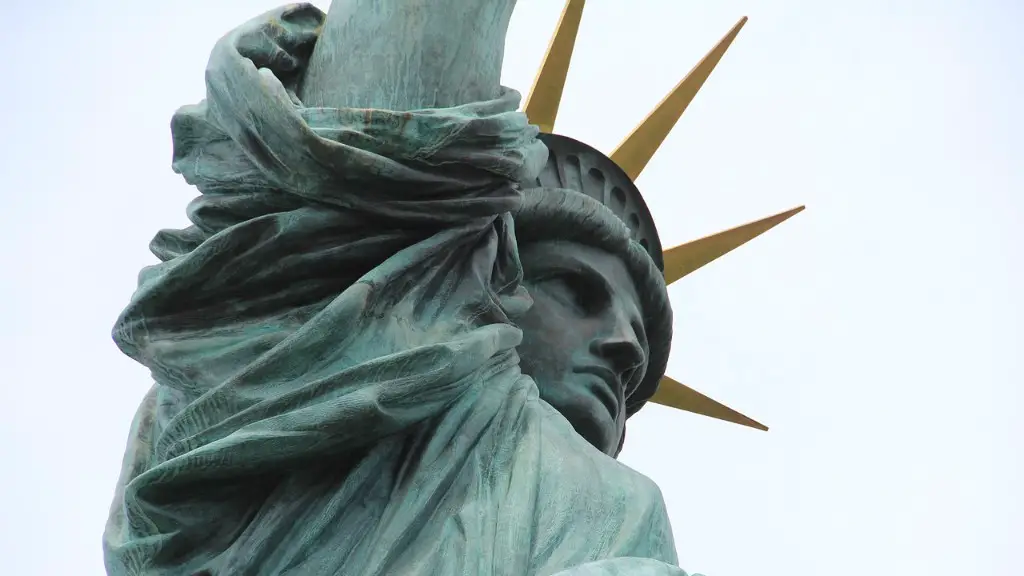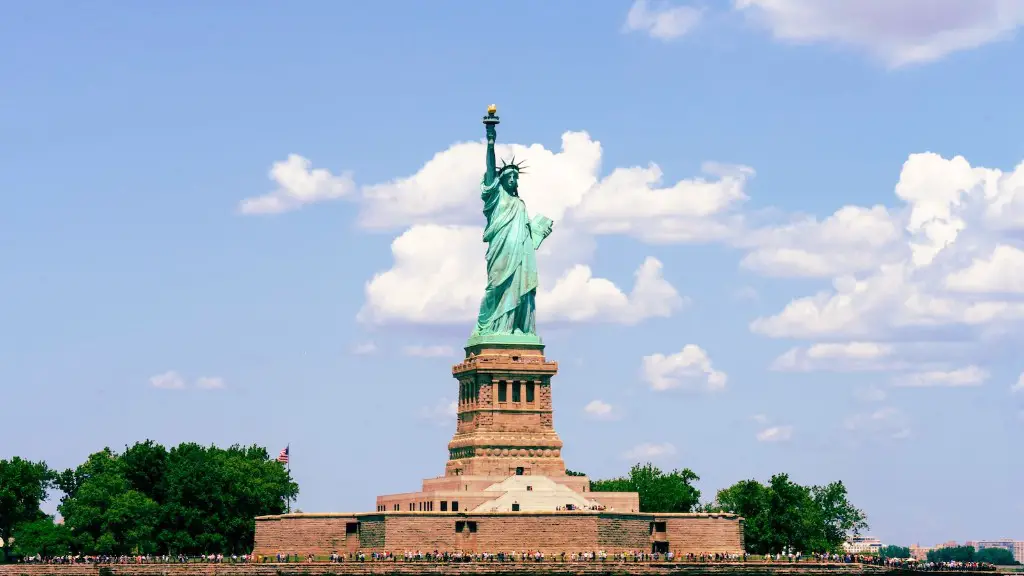What Is Kilimanjaro?
Kilimanjaro is an extinct volcano located in Tanzania. Rising to 5,895 m (19340 ft), it is the highest mountain on the African continent. It is composed of three extinct volcanoes, namely, Kibo, Mawenzi and Shira, which are formed in a kind of nested cone. It’s snow-capped summit commands the landscape far and wide.
How Large Is Kilimanjaro?
Kilimanjaro stands at 5,895 meters tall, making it the tallest mountain in Africa. It’s peak, known as Kibo, is the highest of the three volcanoes that make up Kilimanjaro. The other two, Mawenzi and Shira, are much shorter. The total area of Kilimanjaro is approximately 756 km2, with a diameter of roughly 40 km from east to west at its base.
What is the Environmental Impact?
Kilimanjaro is covered with five distinct vegetation zones. From the base to the summit, these are rainforest, heath, moorland, alpine desert, and finally, at the top, the arctic zone. This unique landscape lends itself to a range of species, some of which are found nowhere else in the world. As Kilimanjaro is the highest point of the continent, it is often referred to as the “roof of Africa.”
Who Climbs Kilimanjaro?
Since Kilimanjaro is the highest peak in Africa, summiting the mountain has become a popular challenge for many climbers. The Kilimanjaro National Park is one of the most visited tourism attractions in Tanzania and the most popular mountain among tourists because it is accessible to most people and requires no mountaineering experience. Each year, thousands of tourists from around the world hike up Kilimanjaro’s five cascading volcanic cones.
What Are the Benefits of Climbing Kilimanjaro?
Climbing Kilimanjaro has become a widely popular challenge for climbers, who often seek to summit the mountain to test their stamina and endurance. Additionally, Kilimanjaro offers a unique opportunity to observe the stunning landscape, diverse wildlife, and experience the unique culture of Tanzania all in one adventure. The experience of a lifetime, one can expect to observe the shifting climate and vegetation as they ascend, appreciate magnificent sunrises and sunsets, and be surrounded by the stunning glaciers and snow-covered terrain of the summit.
What Challenges Does One Face Climbing Kilimanjaro?
Kilimanjaro can be a challenging climb for even the most experienced mountaineer. Depending on the climb route taken, hikers face different challenges, from extreme temperature variances, to high altitudes and physical exertion. Because of the risk posed, it is often recommended to take a certified guide when attempting to summit the mountain. A guide can help plan excursions and ensure climbers stay safe.
What Equipment Is Needed for Kili?
Kilimanjaro is often referred to as an adventure, and it’s recommended that all participants be properly equipped and prepared. Requirements vary depending on the chosen route, but often include lightweight hiking or mountaineering boots, a habitable tent, and common camping equipment such as a sleeping bag and a headlamp. Proper clothing and layers are also essential, as the weather can change rapidly.
What Wildlife Can Be Found On Kili?
Kilimanjaro is home to numerous species of mammals, reptiles, birds, and insects. Inside the national park, the most dominant species are the large mammals, such as the elephant, the buffalo, the lion, the leopard and the African hunting dog. Additionally, birds such as eagles, hawks, vultures, and various songbirds are often seen on the higher slopes.
What Are the Risk Factors in Climbing Kilimanjaro?
Climbing Kilimanjaro can be a physically demanding activity and comes with numerous risks. Altitude sickness is a common risk factor, so it is important to acclimatize before attempting to climb. Additionally, the climate on the mountain can be unpredictable, with storms or temperature drops. Finally, extreme weather conditions, such as glacier overflow or snowfall, can make the terrain more difficult to navigate.
What Is the Best Time of Year to Climb Kili?
The best time of year to climb Kilimanjaro depends on your personal preferences and the type of climb you are planning. Generally, the months from November to February are the driest months, with temperatures ranging from 15° to 20°C. Climbs during the warmer months from March to May may also be possible, although they tend to be more crowded and wet. For a summit climb, most people prefer the drier months, which also offer better visibility of the terrain and the chance of reaching the summit.
What is Required to Get to the Peak?
It is important to plan ahead if climbing Kilimanjaro. Most climbers beginning their summit attempt will already have some knowledge of hiking and mountain climbing. However, even with this background knowledge, safety should still be the highest priority. Proper equipment, fitness level, skill level, and packing are all important factors to consider when attempting the summit of Kilimanjaro. A certified mountain guide also is helpful, as they can provide knowledge and safety tips throughout the climb.
What Are the Risks Once At the Summit?
The summit of Kilimanjaro lies at an elevation of 5,895 m, and can be a potentially dangerous location given the extreme altitude. At such high elevations, the air is thin and the oxygen levels are much lower than those typically found at sea level. This can cause physical symptoms such as dizziness, nausea, and loss of breath. Additionally, due to the extremely cold temperatures at the summit, exposure can cause frostbite if not properly protected. For these reasons, it is important to take precautions when attempting to reach the summit, such as selecting a safe route and proper clothing.
What Are the Viewpoints From the Summit?
After reaching the summit of Kilimanjaro, climbers are rewarded with unparalleled vistas. From the peak of Kibo, the tallest of the three volcanoes, visitors have unobstructed views of the African landscape in all directions. During the day, the sun reflects off the snow-capped summit and brightly illuminates the surrounding opportunities. On clear nights, the stars paint the sky in a sea of stars, and the Milky Way is perfectly visible.

